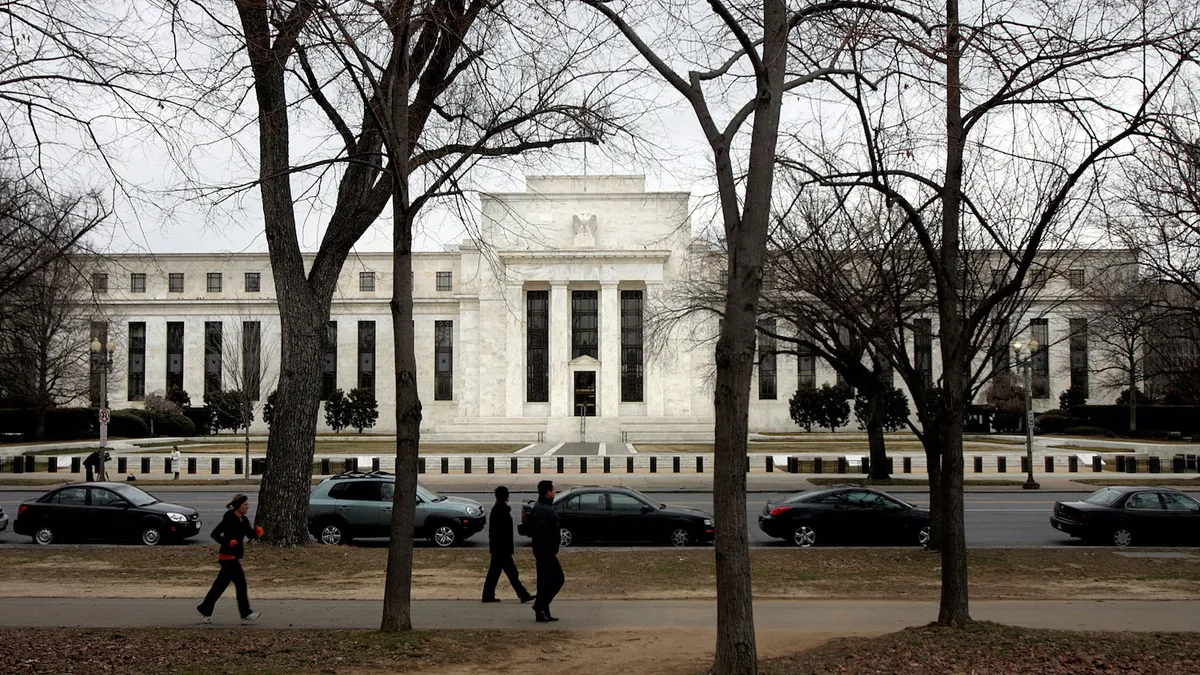While the labor market is experiencing little change, it doesn’t appear to be flatlining completely, economists say.
The latest Beige Book installment from the U.S. Federal Reserve, which dropped on Sept. 4, summarizes the current economic condition of the U.S. by federal reserve district and across the board.
“Employment levels were generally flat to up slightly in recent weeks,” the reserve said. “Employers were more selective with their hires and less likely to expand their workforces, citing concerns about demand and an uncertain economic outlook.”
Taking cues from the JOLTS report and ADP Private Payrolls, Noah Yosif, chief economist at the American Staffing Association, noted a decline within job openings and hiring. “However, not that much attention has been paid towards separations, which are a true indicator of the health of the labor market,” Yosif said.
“What we’re seeing in the Beige Book is that employment has pretty much remained flat or has gone up, and that is a really encouraging sign of where the labor market is. We know that employers are still reluctant to [shed] employees because of past labor pains that they experienced during the great resignation only a couple of years earlier,” he added.
New hires? Not just yet
Retention appears to be the name of the game. From Yosif’s perspective, the Beige Book indicates that right now “employers are still looking to hold on to their employees, even if they’re not willing to bring on new head count just yet.”
“A lot of employers are putting off new hiring, and also staffing companies are reporting a slowdown in new workers,” the economist said.
Reduced turnover seems to be the name of the game here. The Beige Book reflects this, with researchers noting longer times to hire and talent facing “increasing difficulties” in securing a job. “As competition for workers has eased and staff turnover has fallen, firms felt less pressure to increase wages and salaries,” the Beige Book reads.
The federal reserve added that “wages rose at a modest pace, in line with the slowing trend described in recent reports.”
Stagnant wages and salaries may contribute to worker attrition, researchers have shown, but data, including a 2024 report from the Conference Board, also indicates that flexibility can be a major factor in a worker’s decision to stay.
What’s next for 2025?
Per Yosif, the staffing industry can be a bit of a canary in the coal mine for the labor market; the American Staffing Association has its own bird’s-eye view of the industry. “The staffing industry is often considered a leading indicator of labor market activity. Looking at staffing data, the labor market could soon be poised for a jump,” he said.
“We’re seeing orders for temporary staffing essentially flatline,” he said, adding that the economy is not “conducive” to those kinds of work arrangements. “As the economy is waiting for interest rates to come down, we will then see that the staffing industry is able to rebound.”
Generally speaking, hiring teams may behave similarly in the future — once the economy improves. “[Employers are] still only holding on to their existing employees, and they’re waiting on conditions to ease before they can also start hiring again.”
“While new opportunities in the labor market are fading due to tightening economic conditions, the labor market itself remains fairly healthy,” Yosif said.













